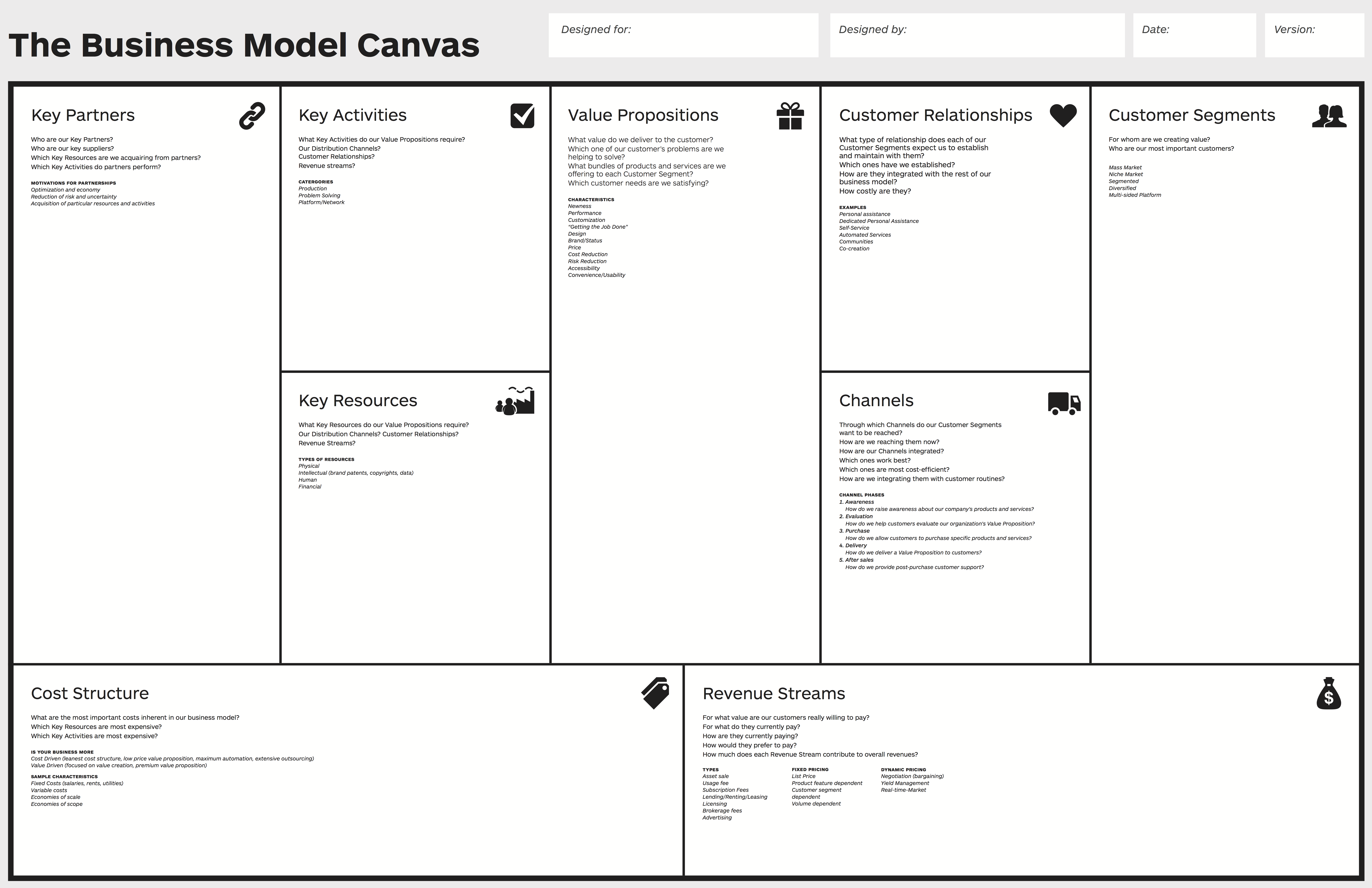Domain-driven design, DDD, is the concept that the structure and language of your code (class names, class methods, class variables) should match the business domain. Domain Driven Design (DDD) defines a number of concepts and patterns that help designing software effectively, in-line with the business requirements.
TOC
Strategic Design Tools -> Domain [Sub-Domain (Service), Sub-Domain (Service), Sub-Domain (Service), …]
- DDD is a way of looking at software from top down.
- Shouldn’t be primarily on technology, it should be primarily on business or whatever activity we are trying to assist with the software, the domain.
Business Domain
Business domain in object-oriented programming is the set of classes that represent objects in the business model being implemented. The business domain is distinguishable from the business model in that
- the business model is an understanding and explanation of information and behaviors in the problem domain
- the business domain is an implementation of that model in a specific programming language
Business Model
Business model describes the rationale of how an organization creates, delivers, and captures value, in economic, social, cultural or other contexts. The process of business model construction and modification is also called business model innovation and forms a part of business strategy.
A business model is a high-level plan for profitably operating a business in a specific marketplace. A primary component of the business model is the value proposition. This is a description of the goods or services that a company offers and why they are desirable to customers or clients, ideally stated in a way that differentiates the product or service from its competitors.
How a company creates value for itself while delivering products or services for customers.
Business Model Canvas
Business Model Canvas is a strategic management and lean startup template for developing new or documenting existing business models. It is a visual chart with elements describing a firm’s or product’s value proposition, infrastructure, customers, and finances. It assists firms in aligning their activities by illustrating potential trade-offs.
Theoretical and empirical insights
Design logic and narrative coherence
Design logic views the business model as an outcome of creating new organizational structures or changing existing structures to pursue a new opportunity.
